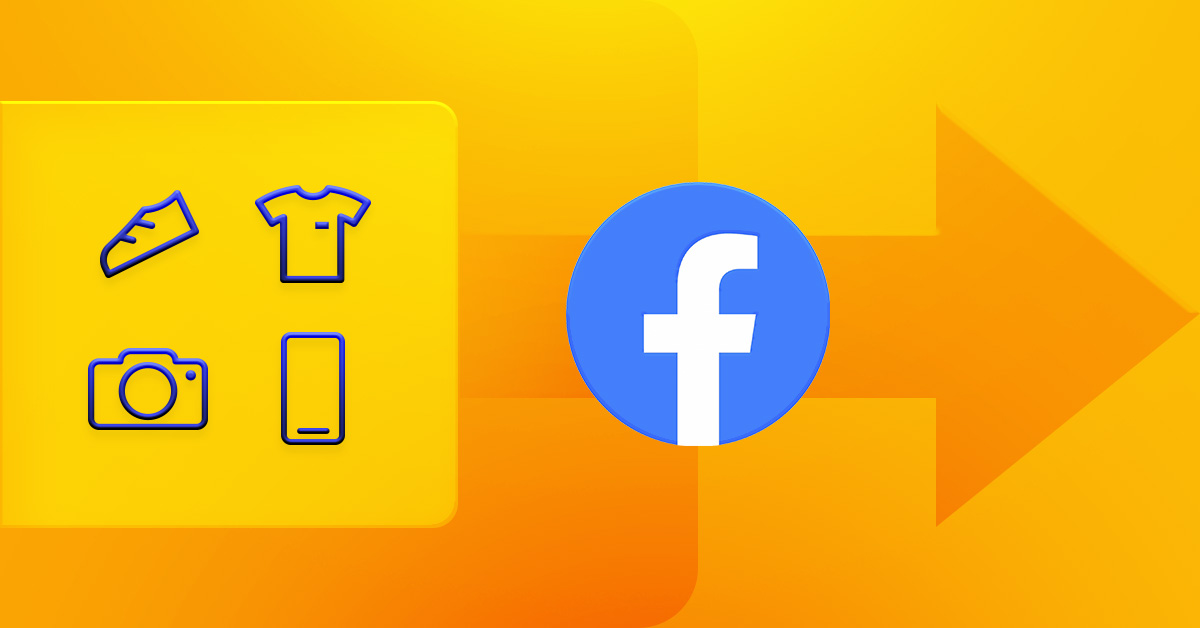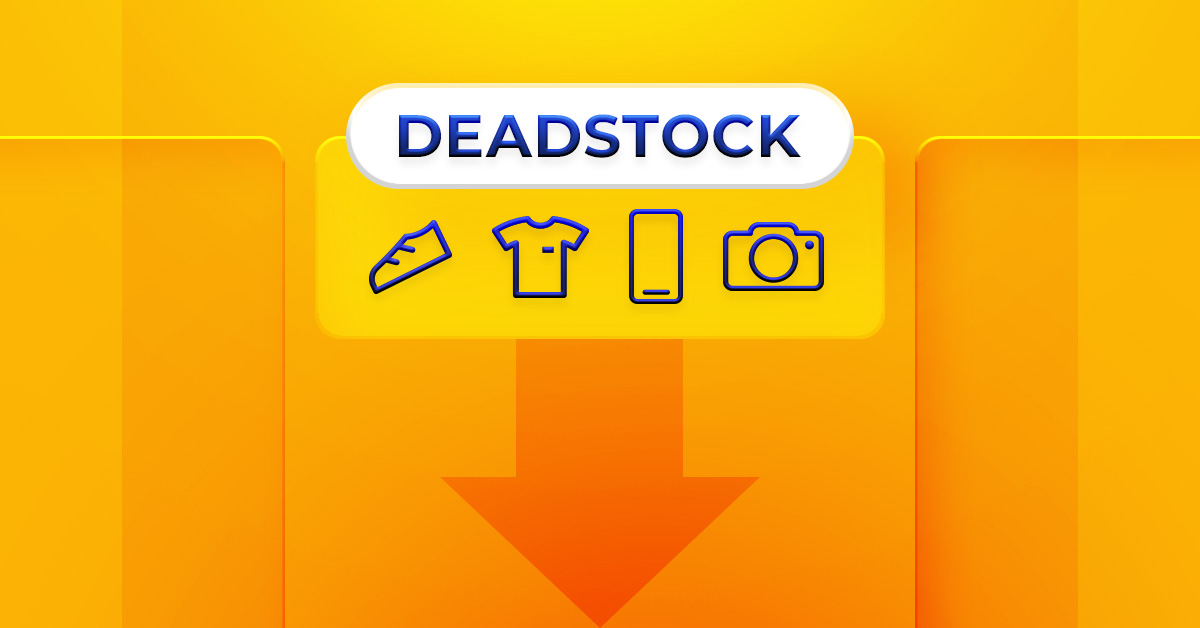Google Shopping Ads account for about 85% of all clicks on Google Ads, and drive 76.4% of all retail search ad spend. E-Commerce companies get more value out of promoting their products with Shopping Ads than with text ads, and are moving millions of dollars in advertising budgets away from Search into Shopping. While Shopping Ads are a huge boon for many companies, they are also difficult to use. Setting up standard Shopping campaigns is a manual, time-consuming process.
What's the Problem?
Seeing the difficulty of use around Shopping Ads, Google introduced Smart Shopping campaigns, which reduce complexity by automating Bidding, Targeting and Placements. While Smart Shopping Ads offer a faster and more user-friendly experience, they require advertisers to give up control over how their campaigns are optimized, and must instead rely on Google’s algorithm.
Smart Shopping Ads promote your entire product inventory by default. Let’s say you have 100,000 products in your inventory. When creating your campaign, if you choose to accept Google’s recommendation to promote all your products in a single campaign, you’re giving Google carte-blanche to decide which of the 100K products are shown to potential customers, without giving details into why those products were shown instead of the rest.
Example
Your campaign is doing great with a 10x return on ad spend (ROAS). But that’s looking at the campaign level. If you were to break it down to the product level, you might find that only a few products in the campaign are actually bringing revenue, and the rest are just flushing money down the drain. Without the non-converting products, that ROAS could actually be 50x or more. Unfortunately, you have little product-level control with a Smart Shopping campaign on the Google Ads interface.This is just one scenario; there are many ways Google’s algorithm could negatively affect the overall campaign performance.
Industry Best Practice
Many businesses, ranging from agencies to some of the largest e-commerce companies, work around the lack of control in Smart Shopping. They actively segment their products into different product groups and campaigns based on specific goals, allowing them to evaluate performance as granularly as possible.
However, it’s time-consuming and difficult to create and organize numerous product groups based on your goals, particularly with the minimal amount of information Google offers about products on its interface. The only way advertisers can influence custom labels or other product parameters is by manually modifying the feed through the Google Merchant Center (GMC), which is ultimately even more difficult, and increases reliance on feed providers if you use them.
What's the Fix?
Clients of ROI Hunter are able to connect all product data sources (Google Analytics, Google Ads, Facebook Catalogs, custom sources) directly to our platform, including the incorporation of product-level proprietary data, such as margins or chance of return. This information is integrated to form a single source of truth. With this integrated data stream, our clients can filter their catalogue based on product-level information (top-selling, most profitable, least likely to sell-out, etc.), making it fast and simple to create product groups for specific business goals.
Example:
Imagine you have an e-commerce company that sells multiple brands. You may want to promote products that belong to brands that give you a higher profit margin and have had significant sales. With ROI Hunter, you can easily create a filter to exclude the products of the least profitable brands with the most transactions over the last two weeks.
Product performance is tracked continuously, allowing for our clients to set automatic conditions for each product group, triggering the right products to promote at that time without the need for user intervention or monitoring.
Take a look at our work with Al Futtaim’s KIABI for more details on how this can be set up and achieved.



